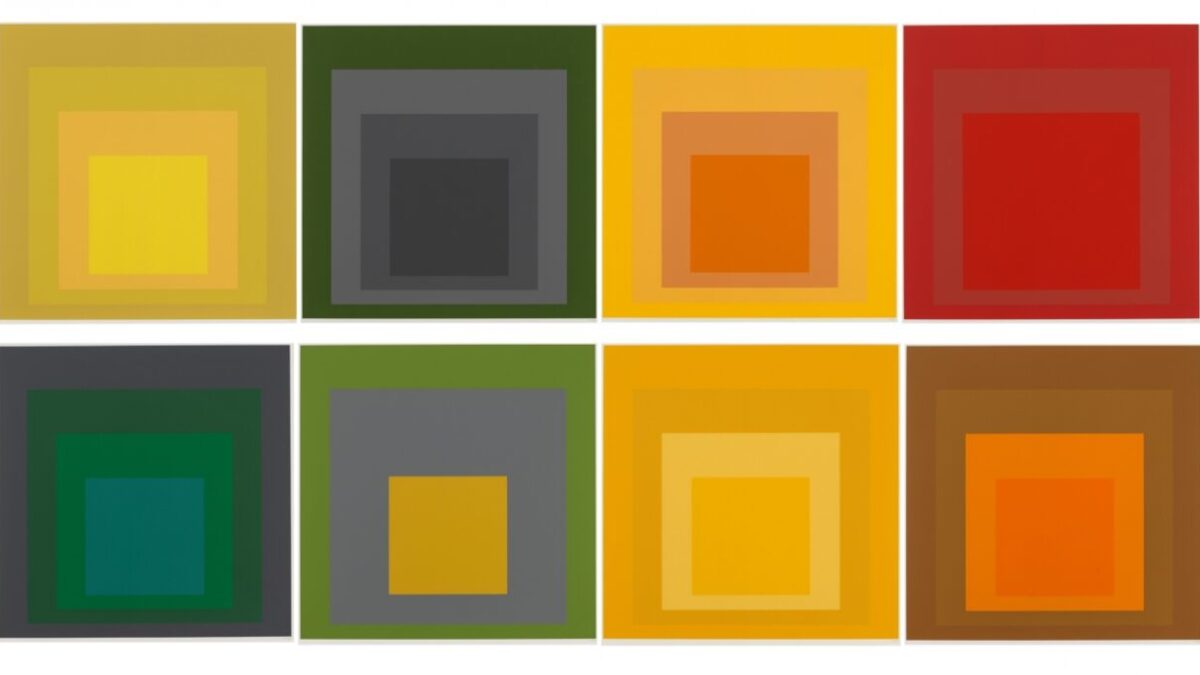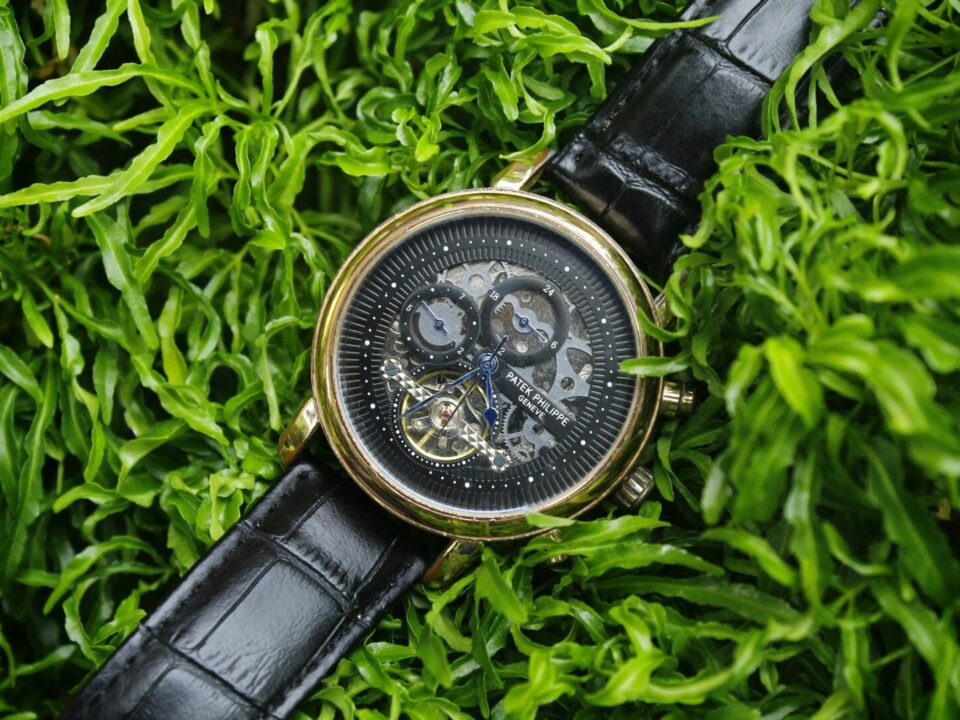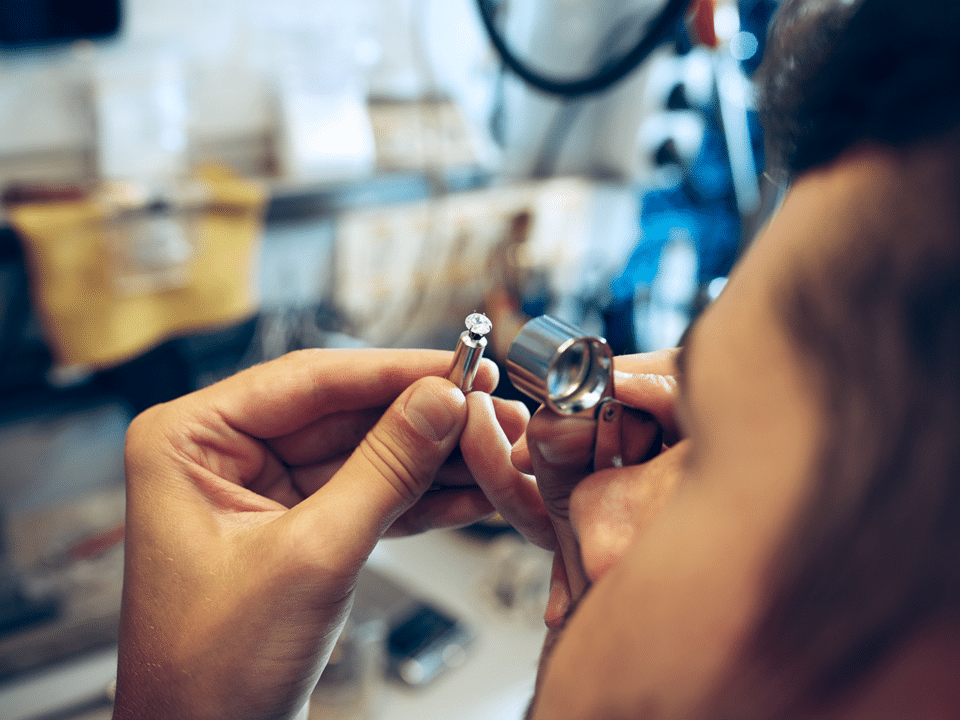People who collect or inherit artworks and want to make some money off of the pieces they own naturally need to start with a basic appraisal process. Note that doing a little research online and setting a price that you think is appropriate rarely works because few people have a true concrete understanding of exactly what art value is and how the market works. If you are serious about finding the worth of a piece, there are professional appraisers and advisors you can reach out to. So, before heading to art auction houses in Dania Beach, here’s how said professionals arrive at those conclusions.
The Fundamentals of Art Appraisals
One item that makes going without appraisal difficult is the fact that technically, there is no regulation in the art business. Anyone can describe themselves as a dealer or an artist, and price things as they feel. As long as there is no fraud involved and they operate within legal guidelines, that’s good. This means that arbitrary pricing can happen. Complicating the process happens if artwork changes hands outside of a formal setting like a gallery or auction, which can be often. This is especially when you want a professional appraisal, as these people will help you determine a fair market accurate and get you price information that’s up to date. Items like jewelry auctions in Dania Beach are similar.
People who aren’t part of the art world, but may own some pieces or recently inherited some, are easy targets for buyers who may give you one figure for what it’s worth when it’s another in reality. You don’t know the true value and they do, so it’s easy for your trust to be exploited and for you to sell a valuable piece without knowing it. Making matters worse is that they aren’t really doing anything illegal, so you have no recourse to get your losses covered. If you don’t opt to try selling at auction in Fort Lauderdale, an appraisal ahead of time can protect you.
Along with this, we should put to bed the notion that you can appraise artwork yourself and hitting the market. The fact of the matter is that artwork prices are difficult to understand, and a professional reads the market the same way a stockbroker or real estate broker would. There are a lot of specifics regarding the piece itself that factor into a final price. These range from the quality, the artist’s history, and trends in the market. When a professional appraiser does their job, they’re looking into the history and accomplishments of the artist, recent history of their work at auctions or sales. Then, the single piece is covered, including the size, subject matter, detail, craftsmanship level, and even compared to other work by the same artist.
An Appraiser Can Help You Benefit from Professional Insight
Basically, if you have no experience in the industry, any discussions you have about artwork and value should be with a professional. Think of it like talking to a lawyer if you have legal questions. There are some other insights that you can look into regarding these situations.
An appraiser is not just a useful resource for collectors, but the artists themselves. Reaching out to a professional that knows your style well will help ensure the prices stay at a reasonable rate, which means a better chance of sales for you. An appraiser can also help you explain how you arrive at your prices to those that are curious. Even if you have a piece of original artwork that you don’t want to sell, it’s a good idea to try to get the value of it for insurance purposes if it gets stolen or damaged.
As mentioned before, you don’t want to let a stranger determine the value of a piece of artwork. This also means making sure you restrain from getting an appraisal from whoever initially sold you a piece of art. For example, a gallery that sells you a piece has a clear conflict of interest and may appraise high to make themselves and the art look as good as possible. Along with this, you also want to make sure that avoid a free appraisal if it’s offered to you. These are rarely as good of a deal as they look like.
Even after you commit to an appraisal, it’s a good idea to update things around every three to five years before you opt to sell or go at an auction. Prices can fluctuate over time, so even if you just want to know the value for insurance purposes, you still want an up-to-date figure. By the same token, if you’re not a skilled veteran, avoid basing your understanding of value off of prices online or what you see in databases. It’s fine to read these just for informal purposes, but professionals know the exact way how to use that data to come up with proper figures.
It’s also a good idea if you’re not an experienced collector, always reach out to an appraiser when buying from a gallery you haven’t used before, from an artist you’ve never seen, or if someone is promising you a bargain. This will help keep you insulated from any inflation of value on the seller’s part.
Finally, and this is a bit of an added point, try not to throw out or give away any artwork that you own, no matter what the condition is, what you think of the artist, or the piece itself. You may be surprised by the value of a piece you don’t even personally like. This is why it’s good to talk to a professional.





